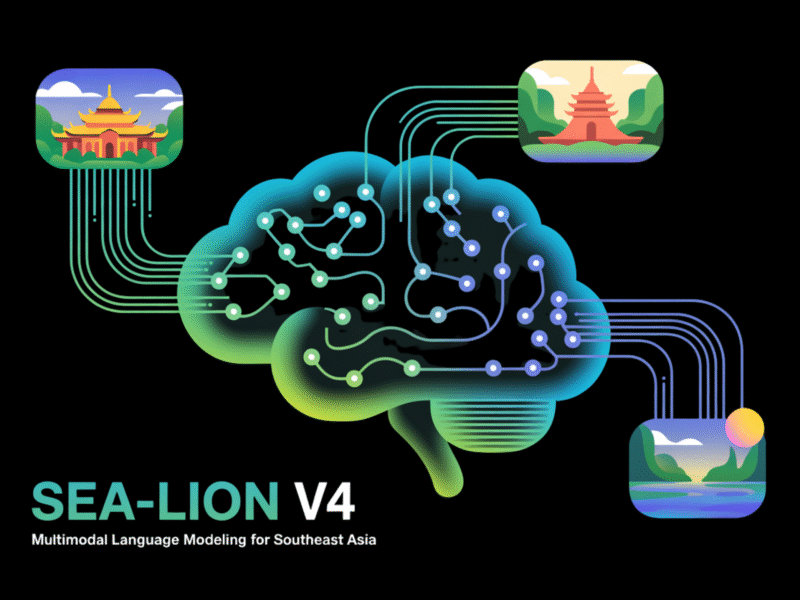There’s a weird irony about AI right now—machines are writing more content than ever, but other machines are getting better at spotting them. It’s like a never-ending game of cat and mouse, except the cat has a PhD in linguistics and the mouse keeps learning new tricks overnight.
If you’re producing AI-assisted content, passing detection tests isn’t just about vanity—it’s about credibility, trust, and sometimes even keeping your work published in the first place.
And here’s the kicker: it’s not enough to just swap a few words here and there. Detection tools are looking for patterns—sentence structures, repetition habits, even the rhythm of your prose.
That’s where the clever use of AI humanization comes in. Done right, it can turn your content from “hmm, this feels AI-ish” into “wow, this reads like an actual person wrote it.”
Understanding the Enemy: How AI Detection Works
Before we talk solutions, it helps to understand the problem. AI detectors don’t have feelings—they’re cold, calculated pattern analyzers. They run your text through algorithms that look for statistical fingerprints common in machine-generated writing.
Things like overly balanced sentence lengths, lack of natural variance, and that odd “perfect grammar with zero soul” vibe.
The trick isn’t to fool them with nonsense—it’s to restore the human imperfections that make writing, well, human. That’s why tools like an ai text humanizer that passes copyscape checker are becoming essential.
They don’t just reword content; they re-shape it so it carries the quirks, uneven pacing, and tiny stylistic bumps that AI alone doesn’t naturally produce. And yes, passing Copyscape matters too—no point in dodging AI detection only to get flagged for plagiarism.
The Art of Humanizing AI Content
Think about the way you actually write when you’re in the zone. Sometimes you start a sentence one way, then change direction mid-thought.
Sometimes you break rules. You might add a side comment in parentheses or leave a slightly awkward sentence that somehow works. AI doesn’t do that by default—it’s too clean.
An undetectable ai text humanizer can replicate those human traits by subtly adjusting rhythm, word choice, and structure. Instead of swapping “quick” for “fast,” it might reframe an entire sentence in a more conversational way.
It might split a long sentence into two, throw in a question for engagement, or use phrasing that reflects a more natural thought flow.
The best part? This process makes your work not only pass detection but actually read better. Readers engage more when text feels alive, not factory-polished. So even if you didn’t have to humanize your content, you’d probably want to.
Why Unlimited Word Tools Matter
Here’s a frustration I’ve had: you find the perfect tool, but it caps your edits at 1,000 words. You’re halfway through fixing a 4,000-word blog post and boom—paywall.
That’s why finding an ai text humanizer unlimited words option is a game changer. It means you can run entire documents through without breaking the tone or losing flow because you had to process them in chunks.
Long-form content like research papers, eBooks, or SEO pillar articles benefits most from this. A single uninterrupted pass keeps the style consistent from start to finish, so your “voice” stays intact. It also saves time, and honestly, time is the real currency for anyone producing content at scale.
Practical Tips for Passing AI Detection
Even with the right tools, you should still apply some good old-fashioned writing craft:
- Add your lived experience – throw in examples, anecdotes, and opinions that no AI would guess.
- Vary your sentence structure – mix short punches with longer flows.
- Break grammar “rules” strategically – contractions, sentence fragments, and conversational quirks are your friends.
- Edit by ear – read it out loud; if it sounds stiff, rework it.
At the end of the day, the safest bet is blending AI efficiency with your own human touch. Let the machine do the heavy lifting, but make sure your fingerprints are all over the final product.
If you want, I can follow this up with a side-by-side breakdown of the best humanizer tools available right now—tested for detection accuracy, plagiarism safety, and readability. That way, you’ll know exactly which ones are worth trusting with your content.

